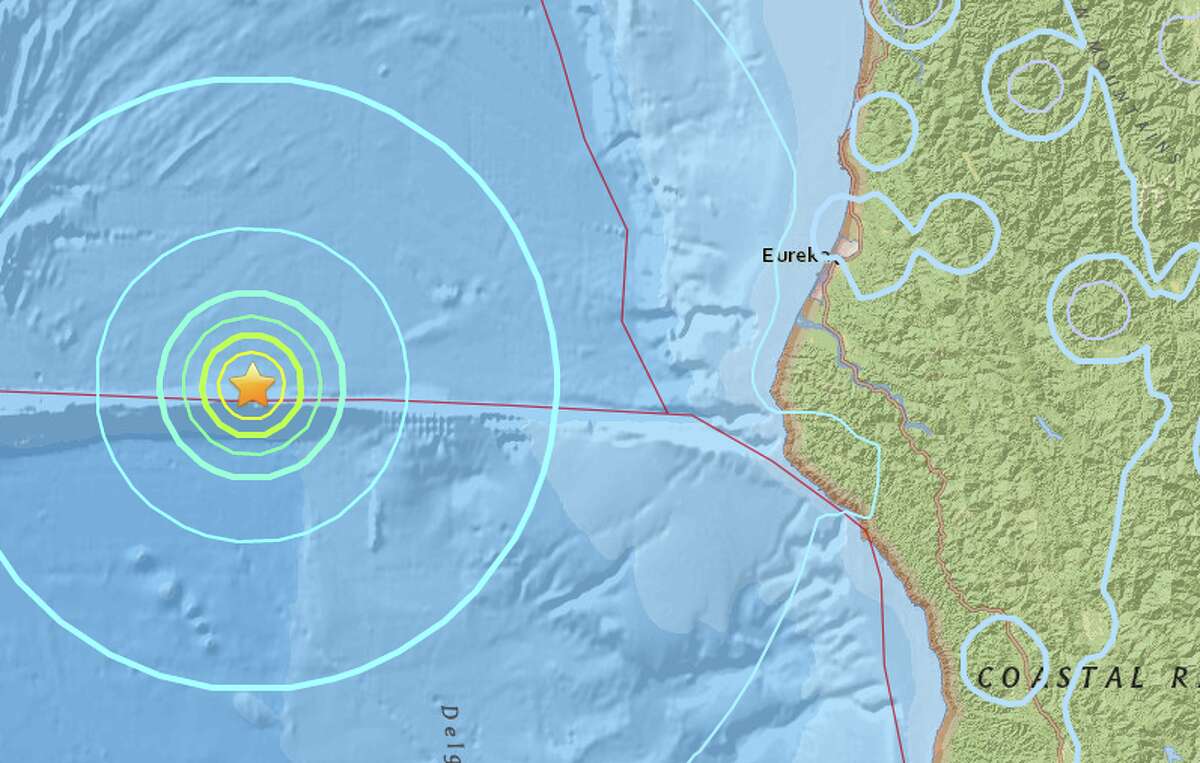The earth trembled recently, shaken by a significant offshore earthquake measuring 5.8 on the Richter scale. This event, while thankfully not resulting in widespread devastation, serves as a potent reminder of the immense power of nature and the importance of preparedness. We’ll explore the details of this seismic event, from its precise location and intensity to the potential for aftershocks and the ongoing emergency response efforts. This comprehensive overview will leave you informed and better prepared for future seismic activity.
Understanding the nuances of earthquake magnitudes, the potential for tsunamis, and the critical role of rapid emergency response is vital. This report will delve into the specifics of this earthquake, offering a clear picture of the situation and providing context for understanding similar events. We’ll examine the geological factors that contributed to this event and discuss the ongoing scientific analysis being undertaken to better understand and, hopefully, predict future seismic activity.
Emergency Response and Relief Efforts
The magnitude-5.8 earthquake, while significant, thankfully occurred offshore, minimizing direct impact on populated areas. However, the potential for damage and the need for swift action remained paramount. Immediate emergency response protocols were activated, focusing on preparedness and preventing secondary disasters.
The initial response involved a coordinated effort to assess the situation and deploy resources. Teams of experts from various agencies quickly surveyed the affected areas, both on land and at sea, utilizing aerial and underwater technologies to pinpoint potential hazards and areas needing immediate attention. Ongoing relief efforts concentrate on ensuring the safety of coastal communities, providing essential supplies where needed, and continuing to monitor seismic activity for potential aftershocks.
Immediate Emergency Response Actions
Following the earthquake, a rapid response was initiated. Emergency services, including coast guard units and specialized search and rescue teams, were immediately dispatched to the affected coastal regions. These teams conducted preliminary damage assessments, focusing on critical infrastructure such as ports, power grids, and communication networks. Simultaneously, tsunami warnings were issued as a precautionary measure, ensuring the safety of coastal residents. Evacuation orders, where deemed necessary, were efficiently communicated using multiple channels, including radio broadcasts, text alerts, and public address systems. The speed and efficiency of this initial response were crucial in preventing further loss of life and property.
Ongoing Relief Efforts and Aid Distribution
Following the initial assessment, ongoing relief efforts focused on providing essential aid to potentially affected communities. This included the distribution of food, water, medical supplies, and temporary shelter where needed. Teams of medical personnel were deployed to provide medical assistance and treatment to anyone injured during the quake or suffering from related stress. Psychological support services were also made available to address the emotional toll of such a significant event. The distribution of aid was carefully coordinated to ensure that resources reached those most in need efficiently and equitably. This included prioritizing vulnerable populations such as the elderly, people with disabilities, and those living in remote areas.
Challenges Faced by Emergency Responders
Emergency responders faced several challenges in their efforts. The immediate aftermath of the earthquake, with the possibility of aftershocks, created a dynamic and potentially dangerous environment. Access to some areas might have been hampered by damaged roads or infrastructure, particularly in coastal regions. Coordinating the efforts of numerous agencies and volunteers, ensuring efficient communication and resource allocation, was a significant logistical challenge. Furthermore, accurately assessing the extent of the damage and identifying those in need of assistance in a timely manner was crucial and presented its own unique set of hurdles.
Coordination Between Different Agencies
Effective coordination between various agencies was vital for a successful relief operation. This involved seamless collaboration between different governmental bodies, non-governmental organizations (NGOs), and private sector entities.
- National Disaster Management Agency: Led the overall coordination and response strategy, allocating resources and overseeing the deployment of personnel.
- Coast Guard and Navy: Provided maritime surveillance, search and rescue operations, and logistical support for transporting supplies and personnel.
- Medical Teams and Hospitals: Offered medical assistance, treatment, and psychological support to those affected.
- Red Cross and other NGOs: Provided essential supplies, shelter, and support services to communities in need.
- Local Government Agencies: Facilitated communication with local communities, provided assistance with evacuations, and managed local resources.
The magnitude-5.8 earthquake serves as a stark reminder of the unpredictable nature of our planet. While the immediate aftermath may seem to have passed, the importance of ongoing monitoring, robust emergency preparedness, and continued scientific research cannot be overstated. By understanding the complexities of seismic events, we can better protect ourselves and our communities from future occurrences. Let this event inspire a renewed commitment to safety and resilience in the face of natural disasters.

